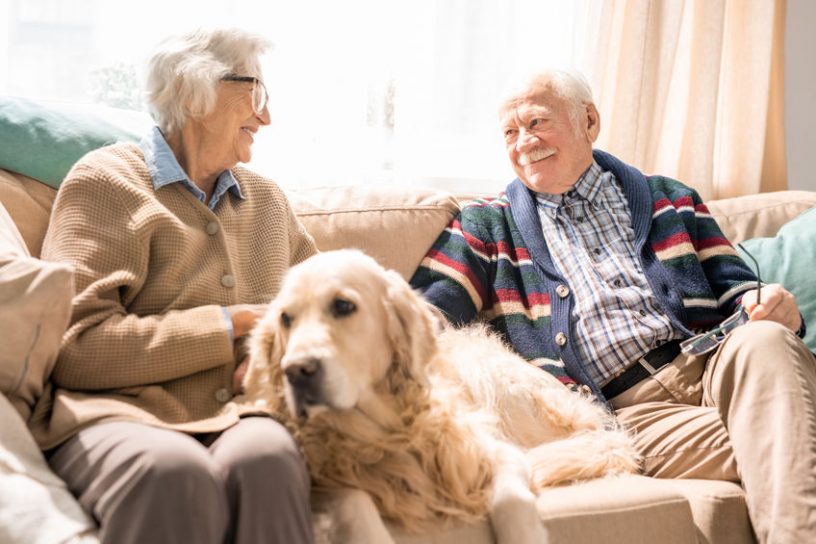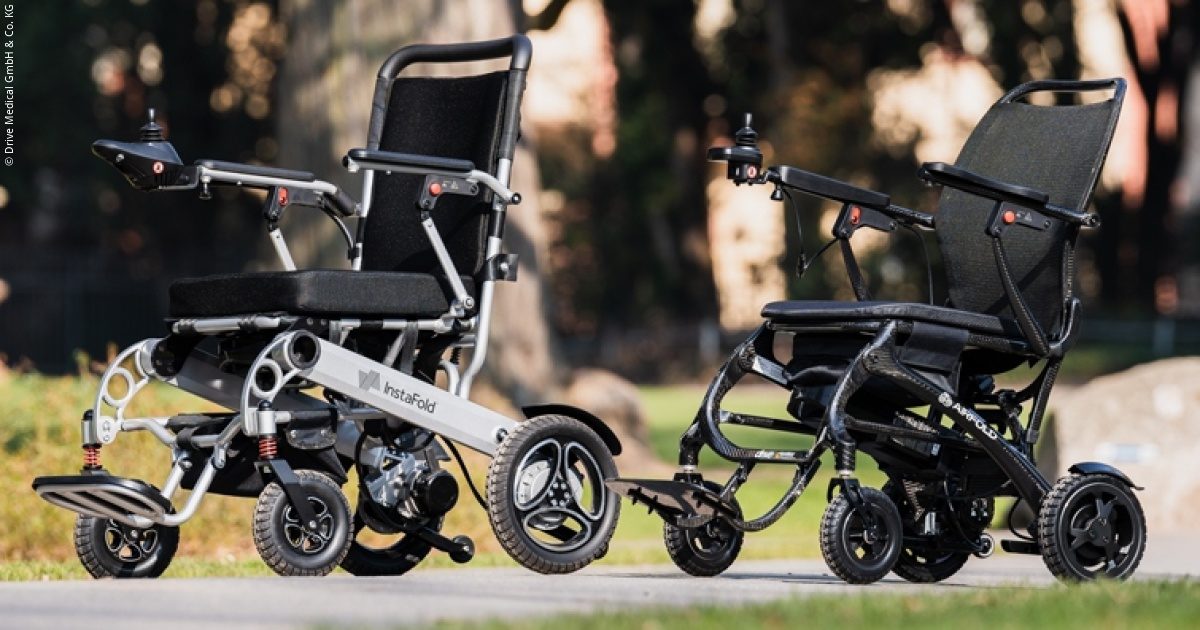Safe Pet Food and Quality Control: Keeping Your Dog Happy and Healthy

Being a dog parent is one of the best jobs in the world, right? Those wagging tails and excited zoomies make every day brighter. But with great love comes great responsibility, especially when it comes to picking the right food and products for your pup. Dog food is a big deal—it’s the foundation of their health, energy, and that shiny coat we all love to pet. So, let’s talk about how to choose safe pet food, why quality control matters, and what else you need to keep your furry friend thriving.
Related: 5 Best Dog Vitamins and Supplements for the Healthiest Puppies
Why Safe Dog Food Is a Must
Our dogs trust us to feed them stuff that’s not just tasty but also good for them. Safe pet food means it’s free from nasty stuff like bacteria, toxins, or weird chemicals that could make your pup sick. Remember those scary pet food recalls? Like the melamine disaster back in 2007 that harmed so many pets? Yeah, that’s why we need to be picky about what goes in their bowls.
Safe dog food starts with ingredients you can actually pronounce—think real chicken, sweet potatoes, or brown rice, not “meat meal” or “animal by-products.” You also want to steer clear of artificial colors, flavors, or preservatives that might mess with your dog’s health over time. A quick tip? Look for an AAFCO (Association of American Feed Control Officials) label on the bag. It’s a sign the food meets basic nutritional standards for your dog’s life stage—whether they’re a bouncy puppy or a chill senior.
What’s the Deal with Pet Food Quality Control?
Okay, so how do you know the food you’re buying is actually safe? That’s where quality control comes in. It’s like the behind-the-scenes magic that ensures your dog’s kibble or canned food is top-notch. Here’s a peek at how it works:
1. Picking the Good Stuff
Great dog food starts with great ingredients. The best brands partner with trusted suppliers and test their raw materials like crazy. They’re checking for things like pesticides, heavy metals, or bacteria like Salmonella. For example, meat should come from animals raised without sketchy antibiotics, and grains need to be free of mold toxins. It’s like making sure your dog’s dinner is as clean as your own.
2. Keeping the Factory Spotless
Ever been in a kitchen where everything’s a mess? Not cool for cooking, and definitely not for making pet food. Top manufacturers follow strict rules called Good Manufacturing Practices (GMP). That means clean equipment, proper storage, and no cross-contamination. Some even get certified by third-party groups to prove they’re doing it right.
3. Testing Every Batch
Before that bag of kibble hits the store, samples get tested to make sure they’re safe and packed with the nutrients promised on the label. The best companies also keep track of every ingredient’s journey, so if something goes wrong (like a recall), they can trace it back and fix it fast.
4. Rules and Regs
In the U.S., the FDA keeps an eye on pet food safety, and AAFCO sets nutritional guidelines. Some brands go the extra mile with voluntary audits from independent groups, which is like getting an A+ for effort. It’s reassuring to know someone’s watching out for your pup.
How to Pick the Best Dog Food
With a gazillion brands out there, choosing dog food can feel overwhelming. Here’s how to make it easier:
-
Check the Label: Look for that AAFCO statement and a short, clear ingredient list. If it reads like a chemistry textbook, maybe pass.
-
Do Your Homework: Dig into the brand’s website. Do they talk about where their ingredients come from? Are they open about their quality control? A history of recalls is a red flag.
-
Know Your Dog: Every pup’s different. A high-energy border collie might need more protein than a couch-potato bulldog. If your dog has allergies or a sensitive tummy, your vet can point you to special diets like grain-free or limited-ingredient formulas.
-
Look for Trust Signals: Certifications like Safe Quality Food (SQF) or Global Food Safety Initiative (GFSI) mean the brand’s serious about quality.
Don’t Forget Other Dog Products
Food’s not the only thing that keeps your dog happy. Here are a few other products to think about:
-
Toys: Go for tough, non-toxic toys that won’t break into choking hazards. Rubber balls or chew ropes are great for heavy chewers.
-
Beds: Pick something cozy and washable to keep allergies at bay. Bonus points if it’s made from eco-friendly or hypoallergenic materials.
-
Grooming Gear: Use dog-specific shampoos to avoid skin irritation. Natural, chemical-free options are usually gentlest.
Why Quality Matters for Your Dog’s Health
Feeding your dog safe, high-quality food isn’t just about avoiding emergencies—it’s about helping them live their best life. Good nutrition means a stronger immune system, a glossier coat, and the energy to chase squirrels (or their tail). It can also lower the odds of obesity, allergies, or tummy troubles. Quality control makes sure every scoop of food delivers those benefits consistently.
Related: 7 Easy Ways to Save on Dog and Cat Food: Budget-Friendly Tips for Pet Owners
Staying in the Know
The pet food world changes fast—new brands pop up, and recalls can happen. Stay in the loop by checking the FDA’s recall list or following pet food news. Platforms like X are great for hearing what other dog parents are saying about brands or products. You might even find a gem of a recommendation!
A Little Love Goes a Long Way
At the end of the day, choosing safe dog food and quality products is about showing your pup some love. By picking foods with solid ingredients, backed by strong quality control, you’re setting them up for a long, happy life. Whether it’s a nutrient-packed kibble, a sturdy toy, or a comfy bed, every choice you make helps your dog thrive. So, take a minute to read that label, do a quick Google on the brand, or chat with your vet. Your furry best friend will thank you with every wag and slobbery kiss.
ADVERTISEMENT





